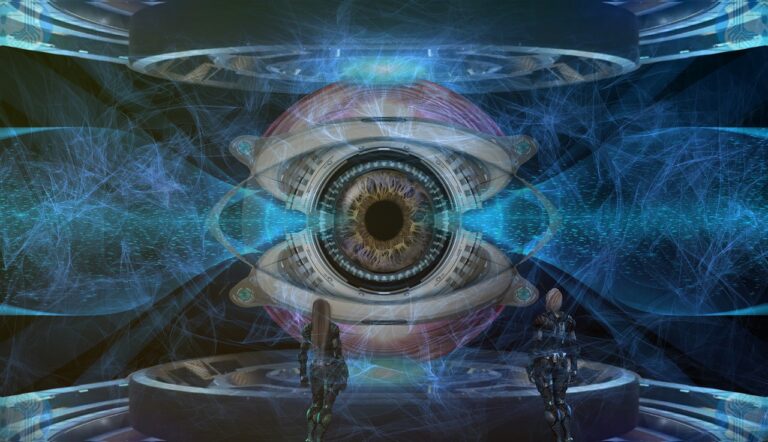When we think of artificial intelligence (AI) in video games, we often think of its capacity to keep us on our toes and challenge us with new scenarios. But this is only part of the story. Videogame artificial intelligence also plays a key role in developing an immersive gaming experience by making it feel like you’re actually interacting with another person—or being chased by a hungry beast.
Table of Contents
Videogames and AI, more than just improved graphics
The sense of realism in present-day video game worlds is driven by more than just improved graphics. AI, the technology that allows non-player characters to act autonomously, make their own decisions, and take actions based on those decisions, is a key component of this realism.
Artificial intelligence can also be used to create challenges for players, adding variety to gameplay and providing new experiences. For example, developers use AI to create enemies that behave differently from each other, so players can’t rely on one strategy or approach when they face a particular situation in the game world.
Developers also use AI as part of an iterative process: they identify elements that need improvement and then develop new solutions using artificial intelligence technologies such as machine learning (ML) or computer vision (CV).
Videogames has been evolving and continues to adapt to developers’ needs thanks to AI
AI is a key component in video games, as it allows developers to create characters that behave differently based on their surroundings and situation. This helps make the game more challenging for players while still maintaining a level of fun gameplay for them.
- the AI adapts to your tactics;
- it can surprise you with new tactics that are unpredictable and hard to counter;
- it changes its tactics in response to your changing play style.
Whether it’s the first time you play or the hundredth, you need to approach each scenario as if it’s new
Videogame artificial intelligence is designed to react to how you interact with it so that each scenario will be different. This means you can’t make assumptions about how the game will play out or how your opponent will move. How often do you die because of some silly mistake that could have been avoided? If someone else has made the same mistake before, why not learn from their experience? In other words:
- don’t assume that because you know what happened last time, it will happen again;
- don’t assume that because your opponent has gone somewhere before, they will go back again;
- don’t assume that just because something worked one-way last time around (e.g., using this attack), then this time, too, it’ll work with a similar success rate(s).
Don’t be surprised when enemies start behaving differently as you play through a level
For example, if you play as a player who is good at using stealth to attack enemies from behind, then enemies may start to appear in such a way that they are more difficult to sneak up on. If you’re an aggressive player who runs straight into battle and gets your hands dirty, then the game might change so that there will be fewer health packs available.
These changes aren’t just limited to what happens when you are playing alone; they can also happen while playing with others in multiplayer games. In some cases, artificial intelligence will play against other players instead of just following pre-programmed instructions like in single-player mode!
The AI will learn how you play and forces you to evolve, too
Your AI opponents will have a certain degree of adaptability. The game will learn how you play and adjust its strategies accordingly, forcing you to evolve your style in response.
The real takeaway is that videogame artificial intelligence is evolving, and so are our experiences with it. It’s not just about creating an immersive world, it’s a new way to bring people together through shared experiences, like playing against each other or even talking about them afterward.












